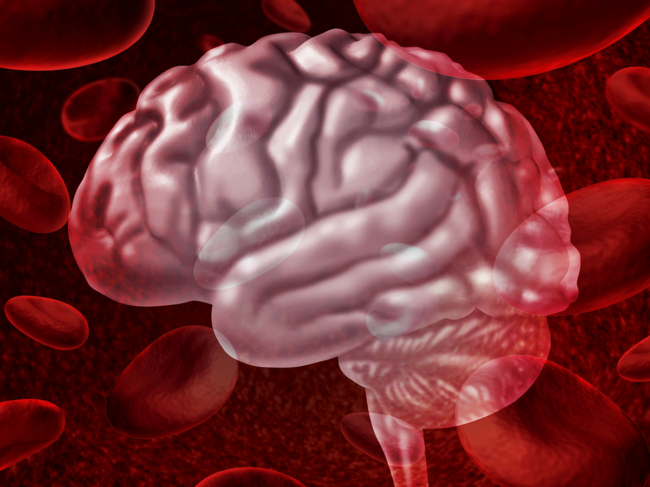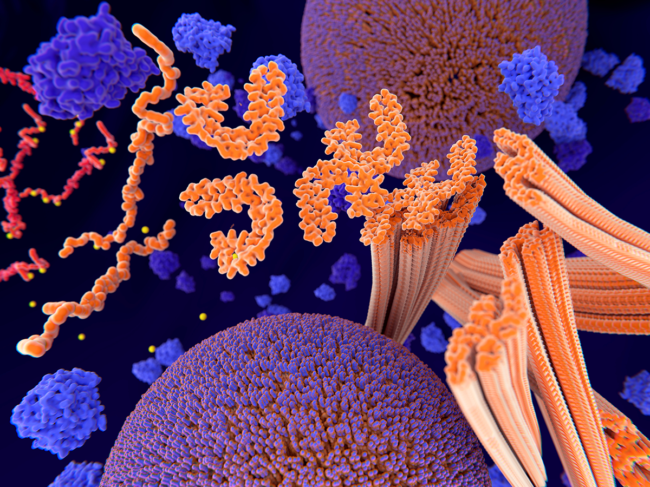
Neurology/psychiatric
Neurology/psychiatric
Aquinnah Pharmaceuticals discovers TDP-43 and tau aggregation inhibitors
Read MoreNeurology/psychiatric
COG-201 reduces overall excitability in primary mouse cortical neurons
Read MoreNeurology/psychiatric





